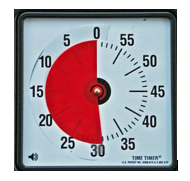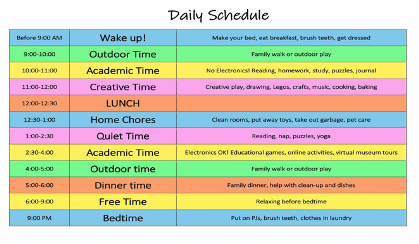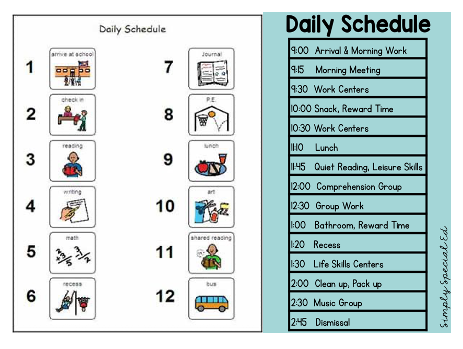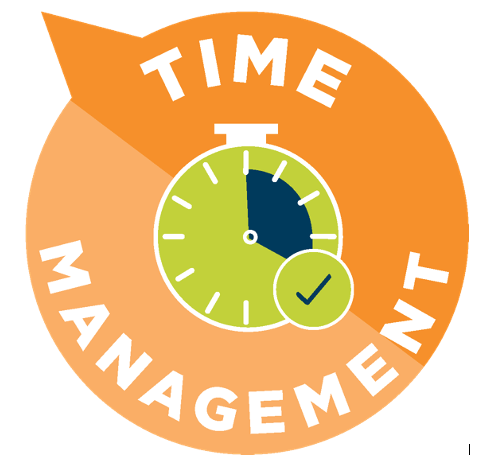How Do I Teach My High Schooler with Special Needs Time Management Skills?

What is Transition Planning for Learners with Special Needs?

How to Survive the Holiday Season With a Special Needs Child
Teaching time management to a learner with special needs will take patience, perseverance, and knowing the right skills to teach. Here I list a few ideas to help you get started.
- Use a Visual Timer:

Time can be abstract to most students. They don’t generally understand the concept of elapsed time. (“We need to be ready to leave in 5 minutes”, or “We are getting ready for bed in 20 minutes”.) This can be quite the challenging task to teach or learn. However, when we introduce a visual timer, just like the one shown in the picture above, the child has an idea of how much time needs to go by before the task ends by just watching the red dial move. Using a visual timer can help with completing a task in a given time, leaving the house on time, if a child has a few more minutes to play with their toys, etc. This should be the first step when preparing students to manage their own time.
- Use a Checklist or Daily Schedule:

A checklist or daily schedule will allow your child to identify what needs to be done and allow them to stay on task. These schedules can be written, printed, can include pictures, or a combination of all three. The purpose behind seeing a visual schedule is to reduce or eliminate anxiety and stress. When we are learning to manage time, the student needs to feel in control. When they have control over their schedule, they have a sense of confidence and freedom. Below are a few examples of a daily schedule or checklist.

- Identify the steps in a given skill:
When you ask your child to clean up their messy room, typically the response is a big “NO”. Why do they say no, because of the stress and uncertainty that goes into cleaning one’s room. So if you want your child to complete this task, break it down into smaller steps. Identify what key things they need to pick up or clean. Here is a sample sequence chart for cleaning your bedroom.
- Pick up clothes off the floor and put on bed.
- Get hangers out of the closet and put on clothes.
- Put those clothes in the closet.
- Fold the rest of the clothes that belong in drawers.
- Pick up all toys that are on the floor and put on the bed.
- Put all toys away in the correct spot.
- Pick up books off the floor and put on bed.
- Put all books away.
- Straighten bedspread and pillows
These are just a few tips in helping you develop time management skills with your child or yourself. But these essential steps can really make a difference. The biggest thing to remember, is to use patience, perseverance, and know the right skills to teach.
Related posts






